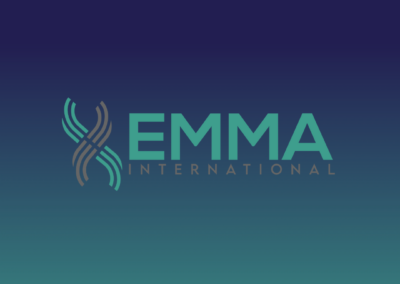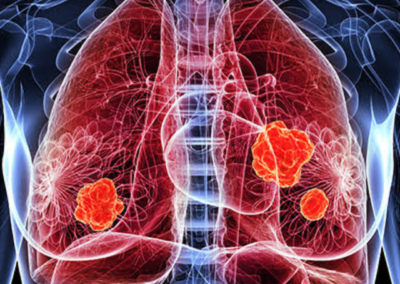Environmental monitoring is used to assess environmental conditions and trends. The FDA Aseptic guidelines state that clean area control parameters should be supported by microbiological and particle data obtained during qualification studies. Initial clean room qualification includes an assessment of air quality under as-built, static conditions1. It is important for area qualification and classification to place the most emphasis on data generated under dynamic conditions. An adequate aseptic processing facility monitoring program also will assess conformance with specified clean area classifications under dynamic conditions on a routine basis.
The FDA recommends that an area adjacent to aseptic processing meet ISO 7 classification under dynamic conditions. The entire aseptic filling room can also be held at an ISO 5 classification and areas that are used for less critical activities can be at an ISO 8 classification[1].
The main source of micro-organisms or viable particulates in a clean room is personnel. Some other sources can be water, gases, and raw materials. Some critical areas where contamination can occur are the path of any open containers, manufacturing equipment surfaces, storage containers, gloved hands, and aseptic connections.
Micro-organisms can be limited through Environmental Controls such as facility design, validation, personnel practices, and cleaning. Routine environmental monitoring ensures that systems continue to provide an environment of consistent quality. Monitoring can prove the effectiveness of the cleaning and sanitization, the effectiveness of gowning and training of personnel, provide trending information, and identify excursions.
Ensuring your clean room is always in a state of environmental control can be difficult. EMMA International can assist with setting up routine testing parameters to keep the clean rooms in a state of control. If your company needs assistance with its environmental monitoring, EMMA International can assist. Contact us by phone at 248-987-4497 or by email at info@emmainternational.com.
[1] PhEn-602 (2009) Retrieved on March 7, 2022 from https://web.njit.edu/~armenant/PhEn602-102/PhEn602-Spring09-Notes6.pdf





